Art and craft intertwine at Loewe's basketry exhibition in Milan
Eleven master weavers create limited edition objets d’art using Loewe leather for an exhibition during Salone del Mobile
Adrian Samson - Photography
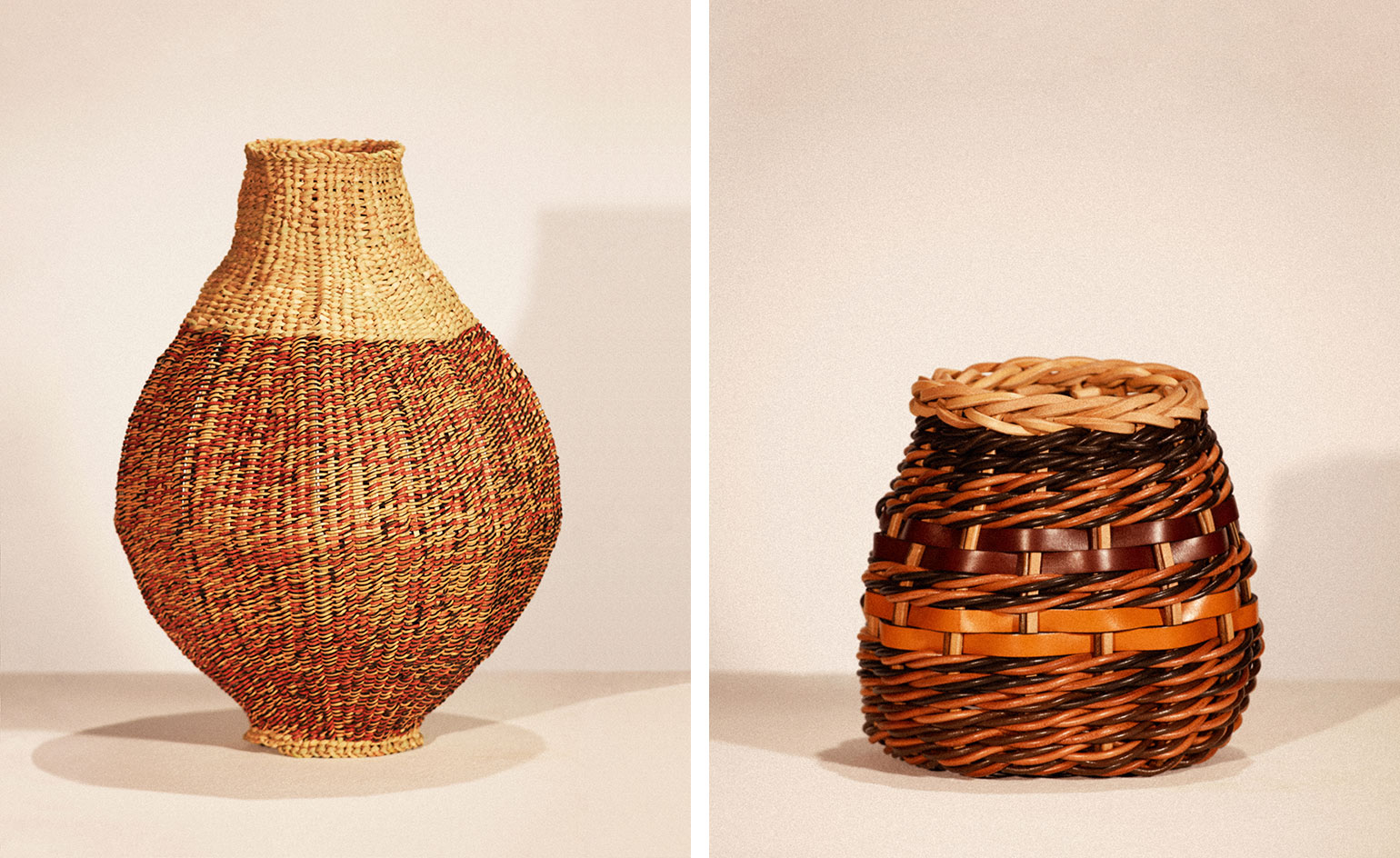
Jonathan Anderson, creative director of Spanish luxury brand Loewe, is a committed champion of craft. ‘It’s something I’ve always been fascinated by, this idea of an individual being able to make something,’ he says. ‘Craft is modernity; to look at different craft forms over time is a very good barometer to know where people are.’ His efforts to promote craft extend to the brand’s annual exhibitions in Milan, which have celebrated the likes of marquetry, ceramics and textiles. This year’s display – its fifth iteration – will turn the spotlight on basket making.
Titled ‘Loewe Baskets’, the show is divided into two sections: Inspiration and Collection. For the former, Loewe has invited 11 international artists, mostly master weavers but with very different styles and techniques, to create a limited-edition objet d’art using Loewe leather, based on the theme of basketry. Meanwhile, the latter features bags, accessories and charms that have been woven in Loewe leather by three leading Spanish artisans who specialise in traditional Galician weaving and knotting techniques.

Spiral bucket, £1,650, by Idoia Cuesta.
Anderson was first inspired to focus on basketry after inviting 2018 Loewe Craft Prize nominee Joe Hogan (who has also taken part in ‘Loewe Baskets’) to create large-scale woven pods for his S/S19 fashion show. ‘I wanted to focus on this idea of a vessel, of carrying or displaying it. There’s a historical context this year too, looking at Spain, America, Japan, all around the world, and the different ways of making a basket sculpture,’ Anderson says.
Most of the participating artists typically weave with natural fibres such as reed, straw, jute or willow, drawing inspiration from regional traditions. Jennifer Zurick, an artist who lives in rural Kentucky, usually works with willow bark that she harvests herself. For Loewe, she created a sculptural piece using cord leather and willow bark that could easily be called abstract expressionist in its twisting, rhythmic movement. The inspiration for Entwined ‘comes from nature, birds’ nests, and vines’, she says. ‘I envisioned a form that you might find growing along a woodland path, with a more natural, flowing expression.’

Container for Emptiness, one-off artwork, by Deloss Webber.
Binky Newman, of Design Afrika, worked with AmaXhosa weavers from outside Cape Town to create baskets based on traditional forms. Their pieces for the exhibition ‘are a contemporary interpretation of traditional techniques and materials’, she says. ‘This balance is central to our design philosophy, whereby we aim to nurture and sustain tradition, while encouraging development of new products that are relevant to a contemporary lifestyle.’
Craft is modernity; it is a very good barometer to know where people are
Jonathan Anderson
If a basket could tell a story, the most intriguing one to hear might be Geisha’s Handbag, by American artist Deloss Webber, who lives in northern Washington State. Webber learned weaving from his mother while growing up in North Africa and Spain, but his travels to Japan have also been a big influence on his work. Taking the form of a traditional geisha handbag, his piece is weighted down by a heavy river stone, which is placed within the tightly woven form. Stones, sourced from the north-west United States and the Salish Sea, ‘act as the foundation of my work’, says Webber. Combined with fibre, they ‘elicit a visceral response to create their own contemporary artefact’.
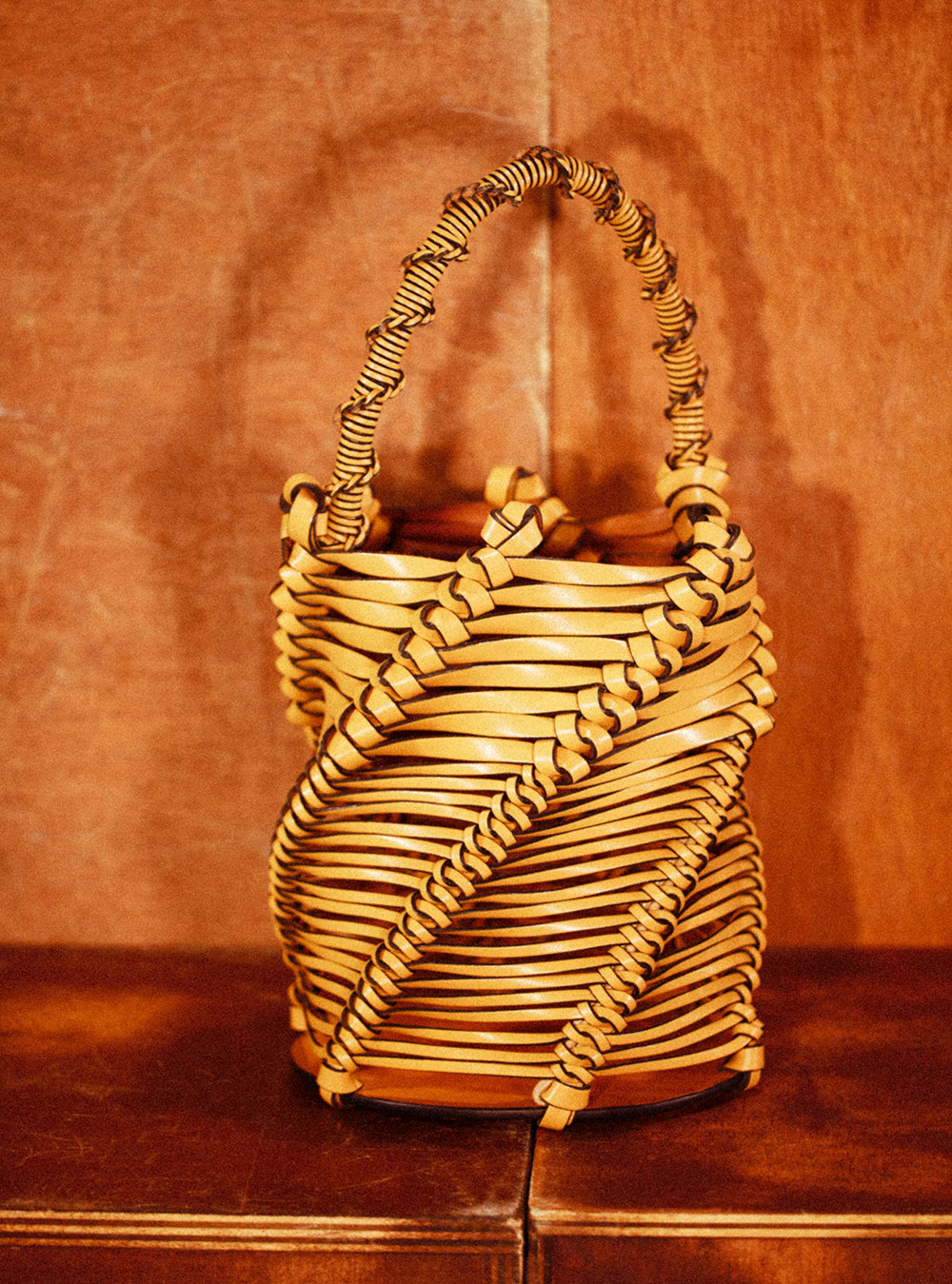
Fringed bucket, £1,100, by Álvaro Leiro.
Prior to this commission from Loewe, Irishman Hogan had never worked in leather. His work is deeply connected to the baskets made by Irish farmers and fishermen. The large pods installed for Loewe’s S/S19 fashion show were inspired by traditional eel traps. For Milan, he created a set of baskets using leather cording that tie in at the top with found branches.
The re-contextualisation of traditional techniques is also at the heart of the Loewe Collection pieces. For the all-women collective As Redeiras, which made a series of unique charms, the inspiration was fishermen’s nets and knots. Elsewhere, Idoia Cuesta, who typically works with yarns or natural materials, studied with Galician basket makers who passed on their knowledge of materials and techniques, such as transforming a branch of a tree into a strip of wood, and using the wealth of vegetable fibres that exist naturally in the region. In her designs for Loewe, she used ‘intuitive techniques, inspired by how birds make their nests. Although apparently chaotic, it is actually a very complex process,’ she says. Taking a cue from Japanese basketry, she also wove together bamboo and leather.
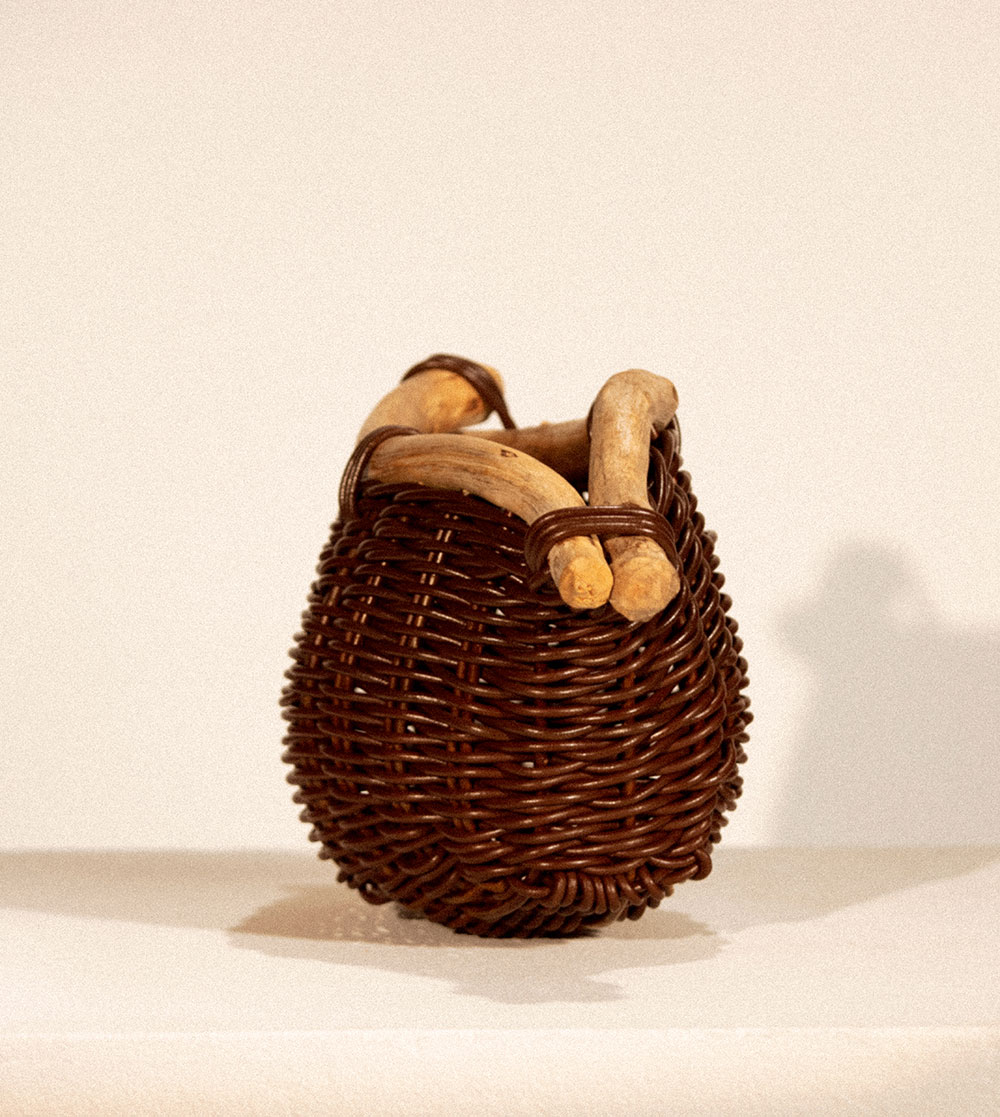
Untitled H1, one-off artwork, by Joe Hogan. As originally featured in the May 2019 issue of Wallpaper* (W*242)
Completing the collection is a series of woven leather purses by Álvaro Leiro, who usually works in reed. ‘I research and collect Galician basketry, and I usually focus on techniques that are mostly forgotten,’ he explains. ‘In my opinion, we are facing the end of a cycle and a way of life that has lasted for many centuries and is about to disappear forever. This radical change in our society will cause us to lose a lot of information about our ancestors.’
A similar thought was echoed by Zurick. ‘The immense time invested in transforming hand-gathered fibre into a beautiful woven vessel is not economically viable, and has thus resulted in a decline in professional American basket makers.’ With ‘Loewe Baskets’, Anderson and his team have put the endangered art of basketry onto the contemporary stage for renewed appreciation and much deserved recognition.
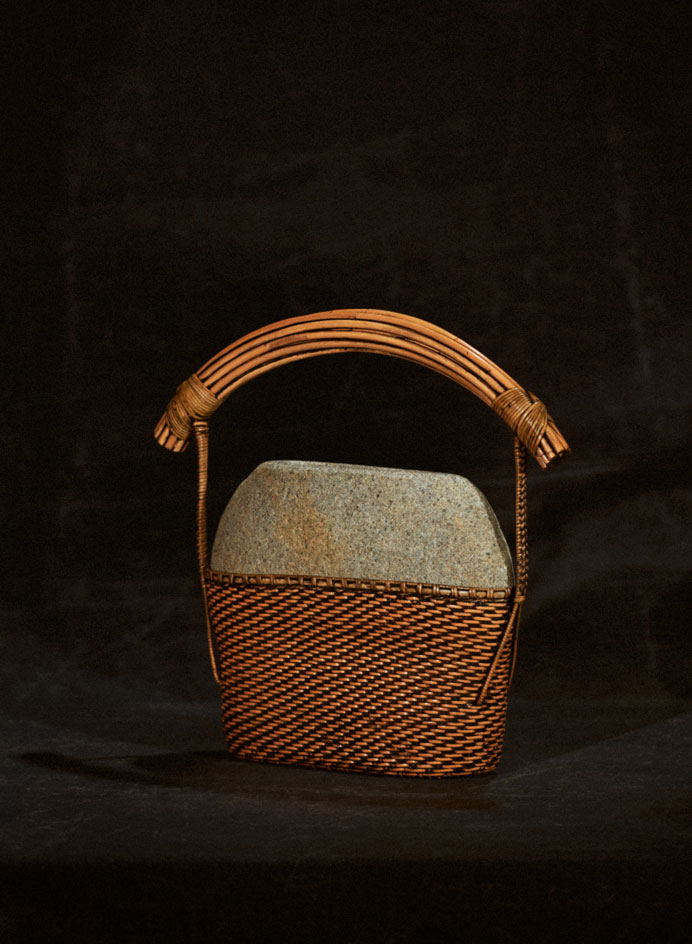
Geisha Handbag, one-off artwork, by Deloss Webber.
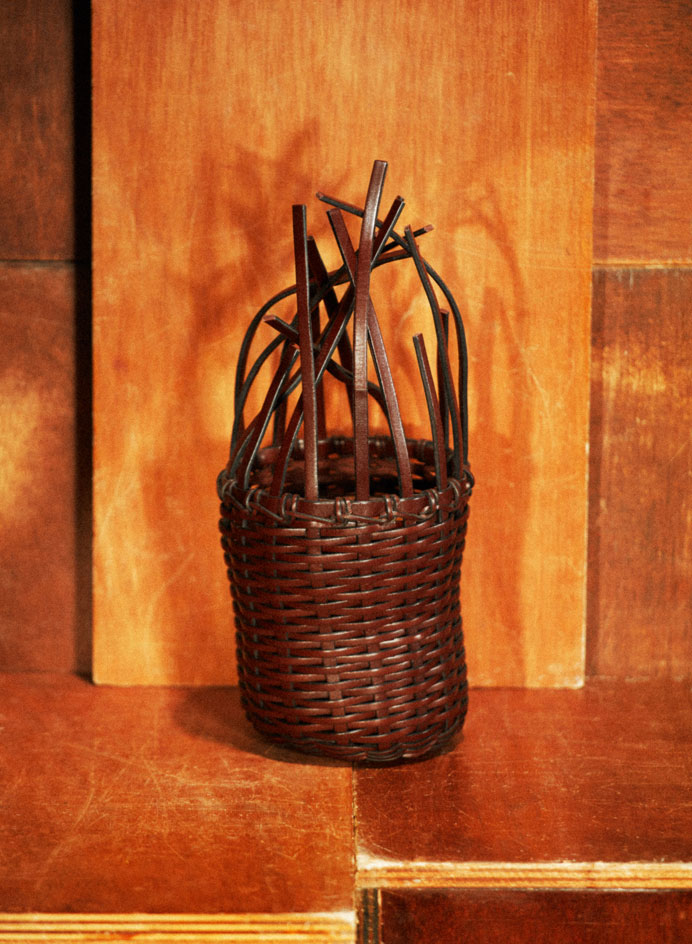
Ikebana vase, £895, by Idoia Cuesta.
INFORMATION
‘Loewe Baskets’ is on view 9-14 April. The Loewe Collection pieces will be available to buy online and from selected Loewe stores from July 2019. For more information, visit the Loewe website
Receive our daily digest of inspiration, escapism and design stories from around the world direct to your inbox.
ADDRESS
Via Montenapoleone, 21
Milan, Italy
Blaire Dessent is a freelance writer, editor and copywriter specialising in contemporary design, craft, art and travel. She works as the managing editor for TL magazine, a biannual, French/English art and design publication. In 2020 she was an editor and contributor to Imaginings by Kiki van Eijk, published by nai010. She is also the co-owner of The Alameda Shop, a creative lifestyle shop in Mallorca that works with contemporary artists and makers.
-
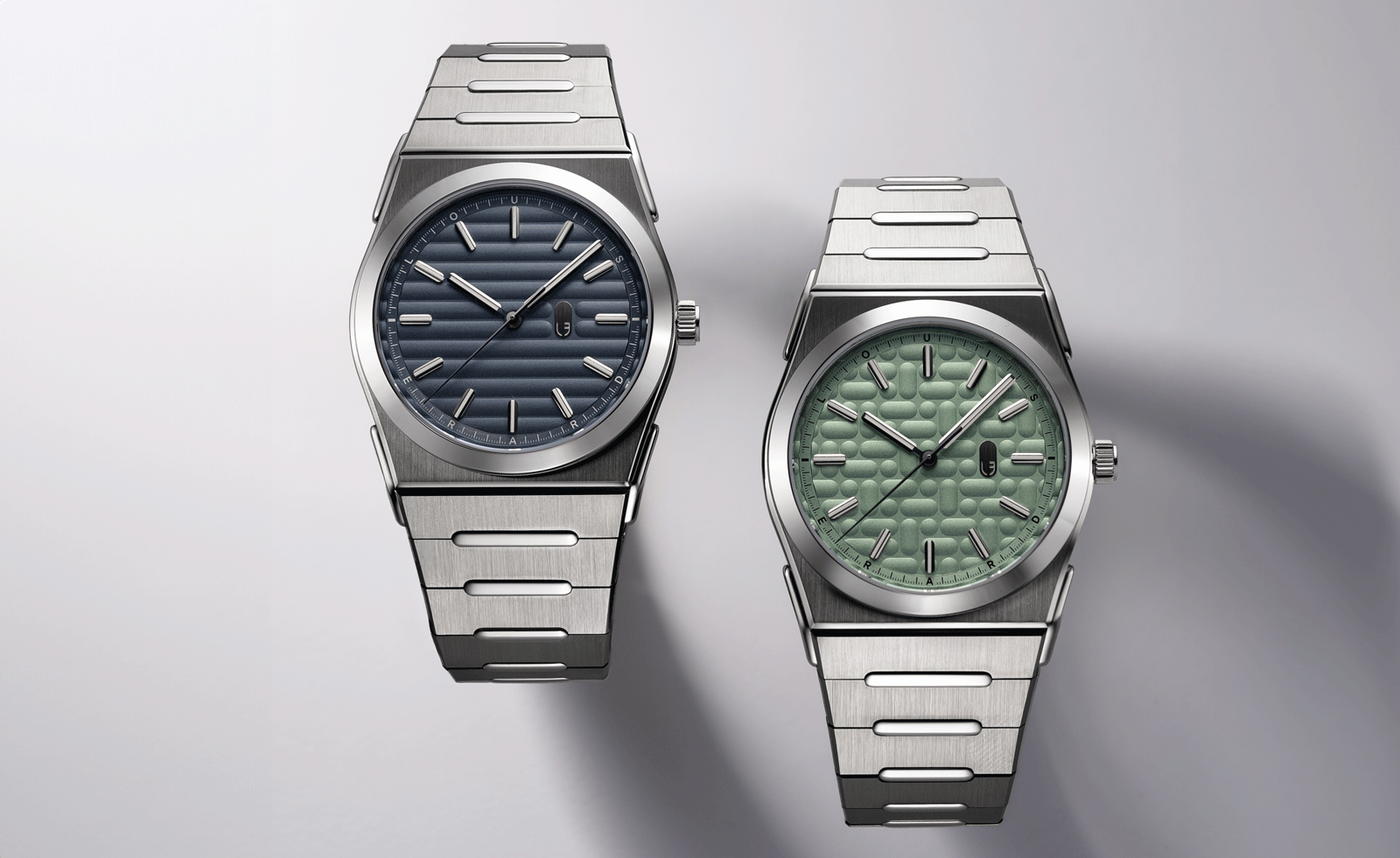 Five watch trends to look out for in 2026
Five watch trends to look out for in 2026From dial art to future-proofed 3D-printing, here are the watch trends we predict will be riding high in 2026
-
 Five destinations to have on your radar this year
Five destinations to have on your radar this yearThe cultural heavyweights worth building an itinerary around as culture and creativity come together in powerful new ways
-
 Dublin-based designer Cara Campos turns abandoned bicycles into sleekly minimal furniture pieces
Dublin-based designer Cara Campos turns abandoned bicycles into sleekly minimal furniture piecesWallpaper* Future Icons: Saudi-raised Irish/French designer Cara Campos' creative approach is rooted in reuse, construction and the lives of objects
-
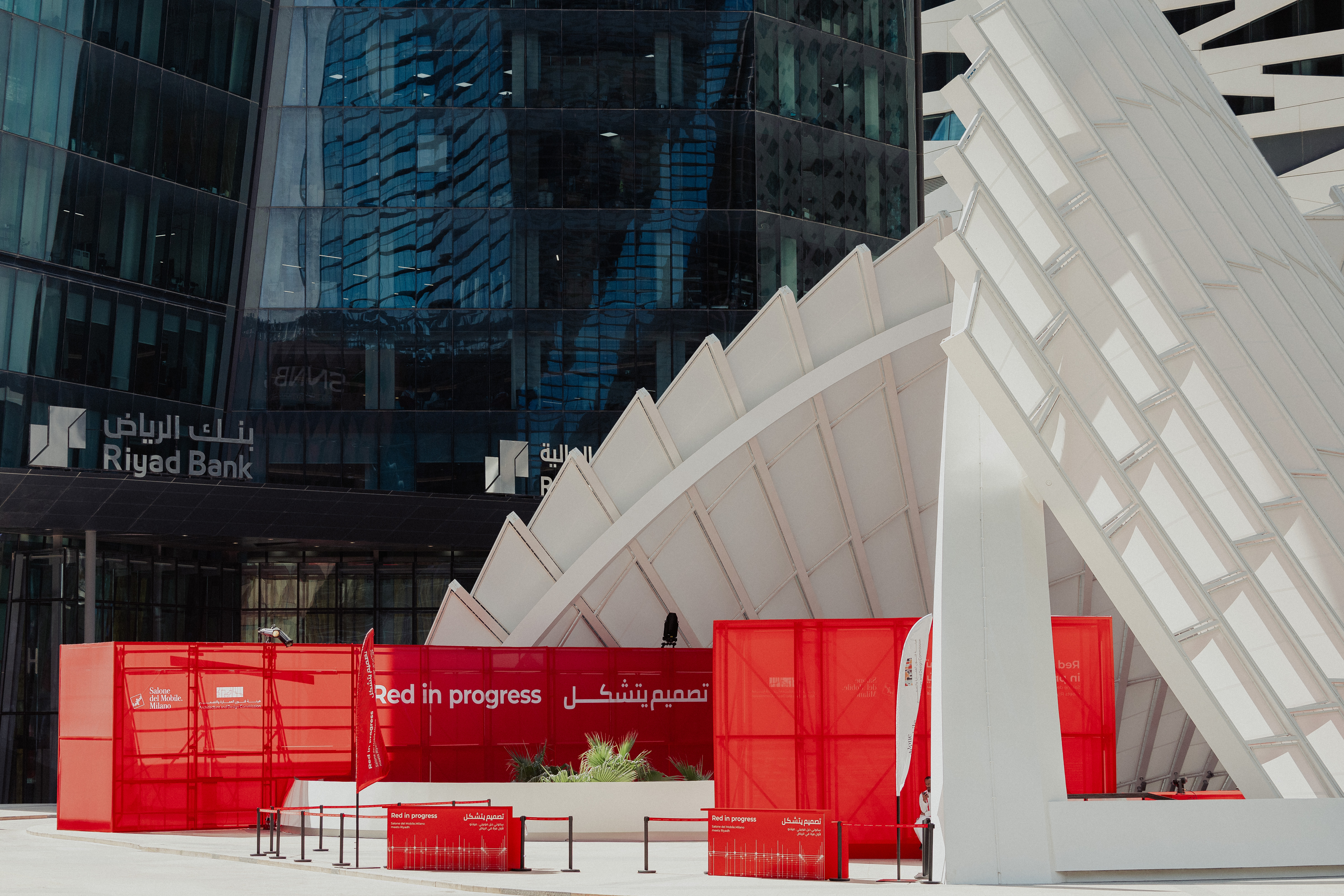 ‘Locally anchored and globally conversant’: Salone del Mobile debuts in Saudi Arabia
‘Locally anchored and globally conversant’: Salone del Mobile debuts in Saudi ArabiaSalone del Mobile lands in Riyadh (26-28 November 2025), bringing its creative and manufacturing know-how to one of the world’s fastest-growing markets and setting the stage for Italo-Saudi design relations
-
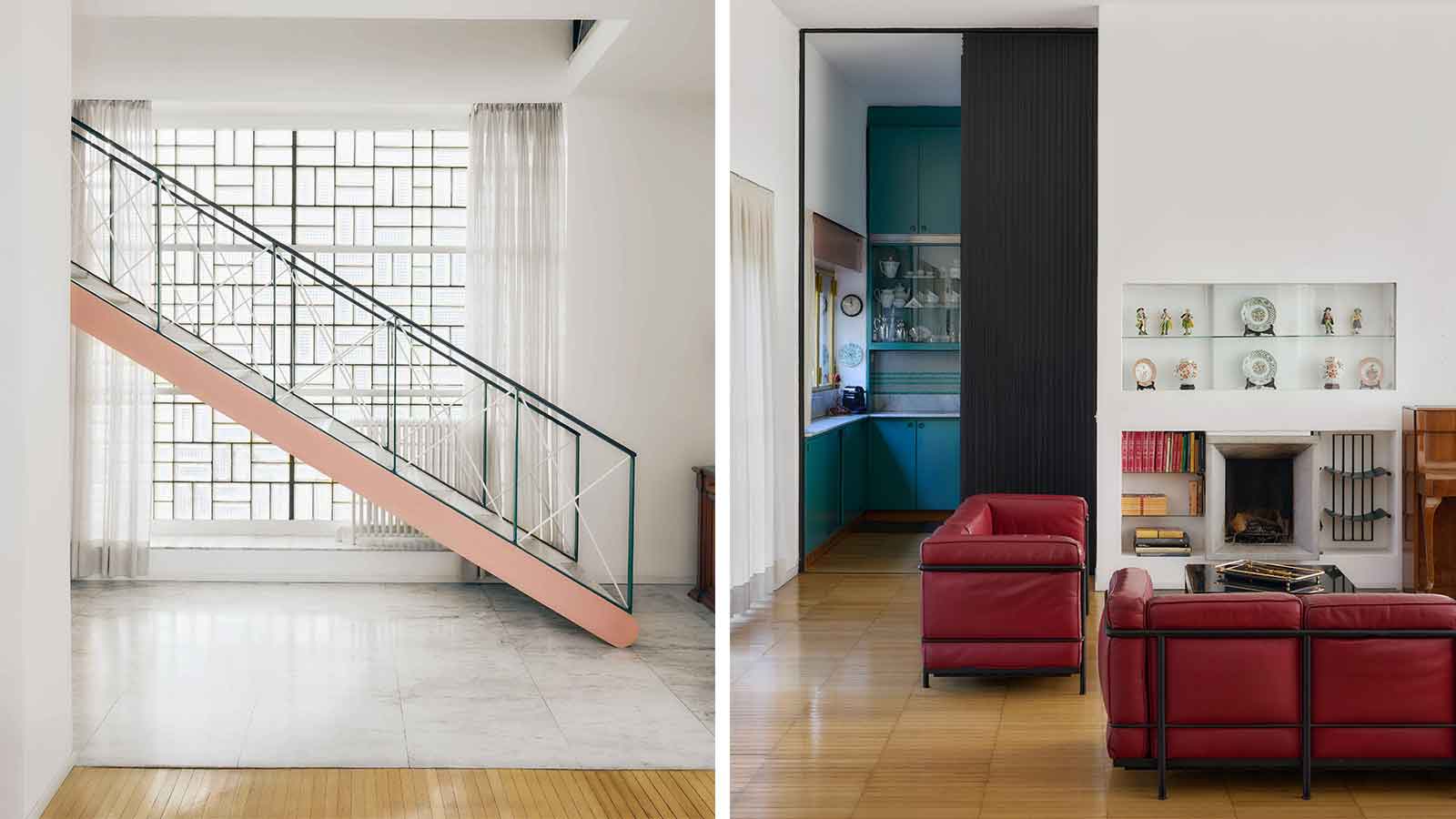 Alcova 2026 locations include a Rationalist gem and an abandoned church
Alcova 2026 locations include a Rationalist gem and an abandoned churchAlcova returns for an 11th edition in 2026 (20-26 April), once again opening up two exclusive Milanese locations, the Baggio Military Hospital and Franco Albini's Villa Pestarini
-
 Salone del Mobile 2026 will embrace collectible design with Salone Raritas
Salone del Mobile 2026 will embrace collectible design with Salone RaritasSalone del Mobile has Salone Raritas, a new exhibition space at the fair (21-26 April 2026), curated by Annalisa Rosso and designed by Formafantasma
-
 O Milano! Design's epic annual spectacle in photos
O Milano! Design's epic annual spectacle in photosCall us biased, but we believe that Milan Design Week is, at this moment in time, the greatest show on earth
-
 The animals came in two by two, hurrah!
The animals came in two by two, hurrah!Jonathan Baldock’s ‘WYRD’ menagerie takes up residence at Scotland’s Jupiter Artland for the summer
-
 For its 24th edition, Triennale Milano's International Exhibition examines the theme of ‘Inequality’
For its 24th edition, Triennale Milano's International Exhibition examines the theme of ‘Inequality’The design institution shines a light on events such as the Grenfell disaster, climate crises and the Israel-Hamas war through architecture, art, products, technology and data
-
 ‘Romantic brutalism’ rethinks Polish craft
‘Romantic brutalism’ rethinks Polish craftAn exhibition in Warsaw gives local makers their due, looking inside the burgeoning world of Polish design
-
 Eight designers to know from Rossana Orlandi Gallery’s Milan Design Week 2025 exhibition
Eight designers to know from Rossana Orlandi Gallery’s Milan Design Week 2025 exhibitionWallpaper’s highlights from the mega-exhibition at Rossana Orlandi Gallery include some of the most compelling names in design today